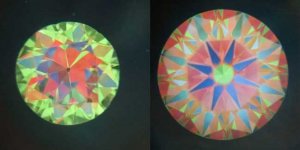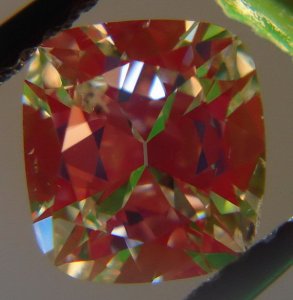- Joined
- Aug 4, 2008
- Messages
- 15,724
The case that proves the point....Date: 3/25/2010 4:13:43 PM
Author: QueenMum
Date: 3/25/2010 4:06:31 PM
Author: kenny
If I was a vendor and customers educated by your charts didn't buy my diamonds I'd work to discredit your charts, or introduce doubt about them.
Kenny, you didn't follow the AGA chart when buying an Octavia... and your Octavia is beautiful.

Run it through the AGA charts.
If I believed in them it never would have been designed.
Fancies can not be defined by numbers on a chart.
The first fatal flaw in the charts is that spread is not proportional to depth in step cuts and many other fancy cuts.
The second fatal flaw is that the best performance in many fancy cuts is on the deep end not the shallow end.








300x240.png)